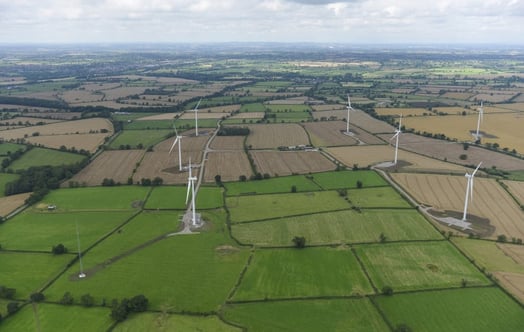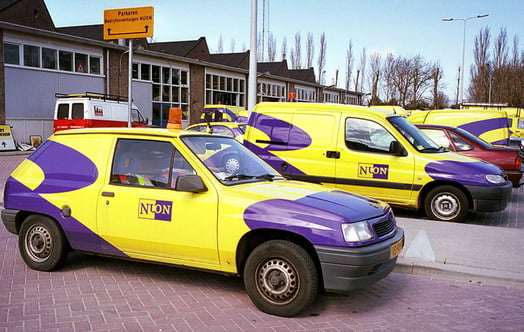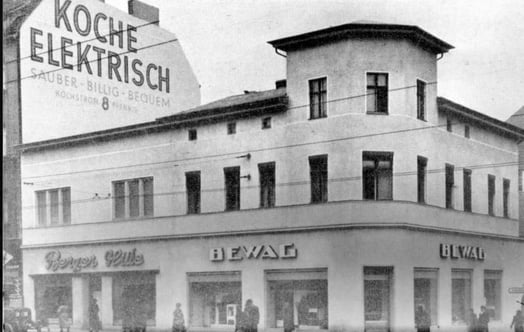A European player
When the European electricity market was deregulated, Vattenfall aimed high. The plan was primarily to penetrate the German market, the largest in Europe. And it went well. In the early 2000s, Vattenfall was Germany's third largest electricity producer.
One prerequisite for Vattenfall's German campaign was the events after the fall of the Berlin Wall in November 1989. The following year, the major German electricity companies signed an agreement with the final East German government. The companies would take over most of the East German power industry. For this purpose, the companies VEAG and Laubag were formed.
When the German electricity market was deregulated in 1998, the major power companies were consolidated. In 1999, PreussenElektra and Beyernwerk merged to form E.ON. This was approved by the competition authorities on the condition that E.ON disposed of VEAG and Laubag, as well as its shares in the Berlin company Bewag and Hamburgische Electricitäts-Werke (HEW). RWE had grown too, and the competition authority also demanded that RWE sell its shares in VEAG and Laubag.
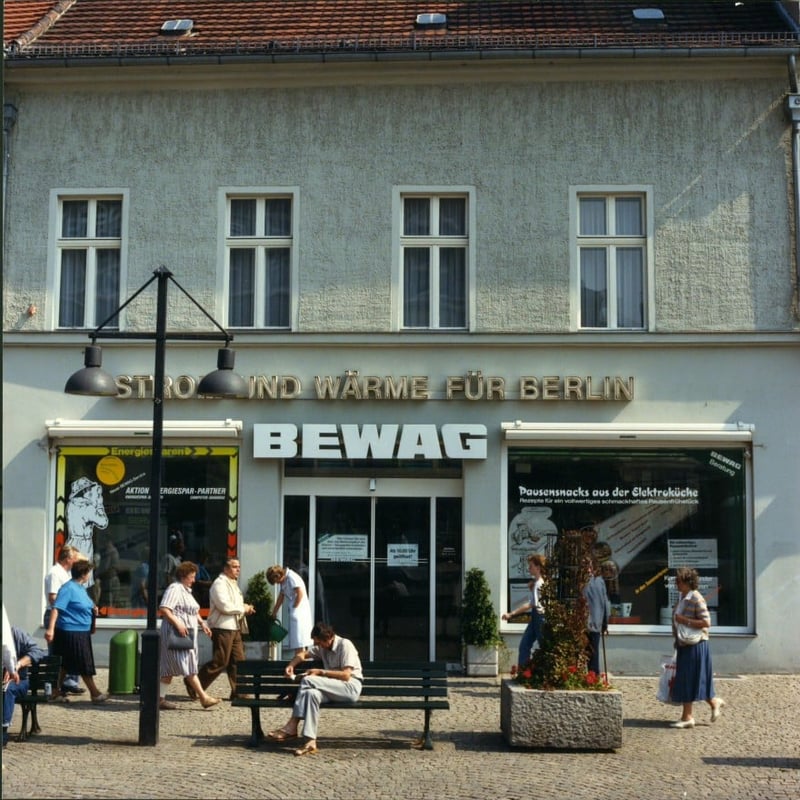
Bewag advertisement Year: 1990 | ID: VF000508
It started in Hamburg
Vattenfall established itself in Hamburg in 1996 by becoming a part owner of Vasa Energy. That gave the company a base in the country and allowed it to get to know the German market and study potential acquisitions. The most interesting were HEW and Bewag. In 1999 Vattenfall won the bidding for HEW.
Vattenfall's then chairman Jörgen Andersson got on very well with Hamburg's social-democratic mayor. This contributed to the positive outcome. Vattenfall initially acquired 25.1 per cent of the shares, with an option to purchase a further 25.1 per cent. That was Vattenfall's biggest ever deal at the time. In 2001 Vattenfall became the majority owner of HEW. This was following the purchase of E.ON's share, which the competition authorities had forced the company to sell.
Thanks to the good political relations between Vattenfall and Hamburg's politicians, Vattenfall already had a decision-making role at HEW by 1999. Despite being a minority owner. This was looked on without approval by HEW's management. HEW had big takeover plans in conjunction with the changes in the German electricity market, and thus Vattenfall, via HEW, came to make several German acquisitions in the coming years.
The big feather in its cap was VEAG. But this was a controversial business. VEAG was exclusively involved in electricity production from lignite, and the deal also included acquisition of the actual mining operations in the Laubag company. But the political and financial risks were considered worth taking, and Vattenfall completed the acquisition in 2002.
Video player requires marketing cookies.
To view this content please click here to allow marketing cookies.
The new Vattenfall in 2002. Vattenfall's CEO Lars G Josefsson
Bewag, in which HEW already owned a small share, was another major acquisition. In 2001, HEW/Vattenfall became the majority owner of the company by acquiring E.ON's shares in the company. E.ON, as mentioned, had been forced to sell its shares in Bewag. The following year Vattenfall succeeded in acquiring the remainder of the Bewag shares from the American owner Southern Energy/Mirant, which was facing financial difficulties due to the Enron scandal. The company was forced to sell off its European activities.
One year later, 2003, all the German acquisitions were merged to form Vattenfall Europe. Vattenfall was now Germany's third largest electricity company, with a turnover of close to SEK 64 billion and almost 22,000 employees in the country. This meant that more than half of Vattenfall's turnover of SEK 110 billion now came from the German market. In just a few years, Vattenfall had almost quadrupled its total turnover.
The German lignite business was increasingly disputed in the public debate. When the Carbon Capture and Storage (CCS) method didn’t win approval, it was obvious that the large carbon emissions from lignite did not meet the company’s general stratgy for sustainable energy production. All lignte buiness was therefore sold to Czech companies in September 2016.
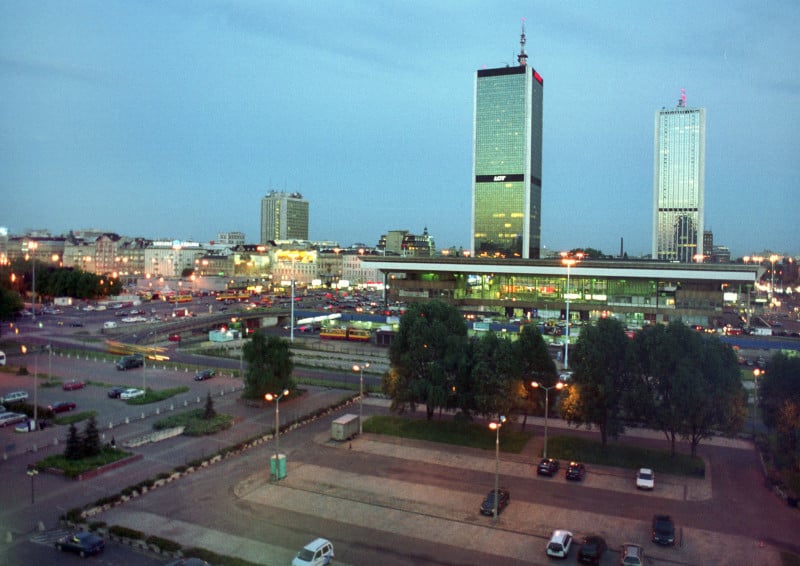
Vattenfall's European strategies involved Poland, but in 2011 all operations in the country were sold off | Year: 2001 | Place: Warsaw, Poland | Creator: Hans Blomberg | ID: VF000533
Poland and Denmark
The European strategy also included aquisitions in Poland and Denmark. In the early 2000s, Vattenfall bought a share in the thermal power producer EW in Warsaw and the power company GZE in southern Poland with 1 million customers. Gradually, Vattenfall became majority owner in both companies. During 2006, Vattenfall also bought a number of large coal-fired power stations as well as wind power plants in Denmark. During 2011, Vattenfall decided to focus on three main markets; Sweden, Germany and the Netherlands. The businesses in Poland (2011) and Denmark (2014–2015), except for wind power, was divested.
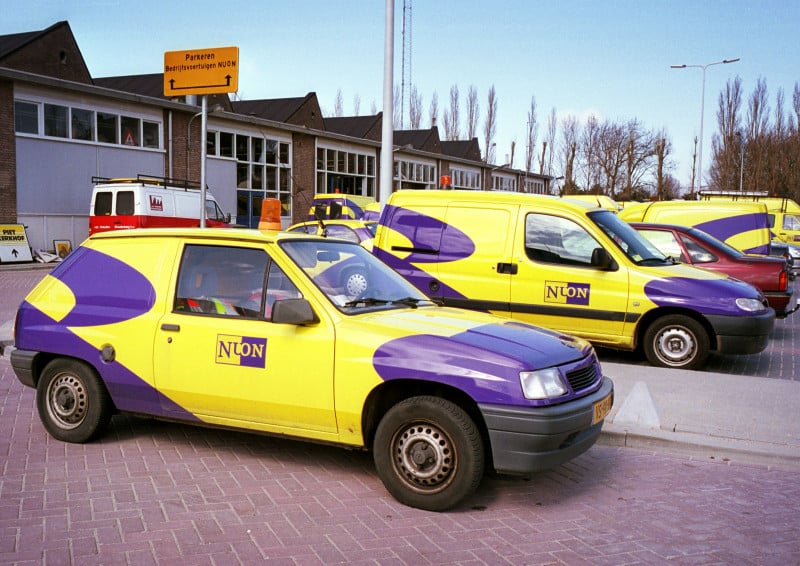
A car belonging to the company Nuon, acquired by Vattenfall in 2009 | Year: 2001 | Place: Leiden, Holland | Creator: Hans Blomberg | ID: VF000532
The Netherlands
On 23 February 2009, Vattenfall bought the Dutch energy giant Nuon. Vattenfall made a cash offer worth SEK 94 billion for the entire company. It was the largest foreign acquisition by a Swedish company ever.


